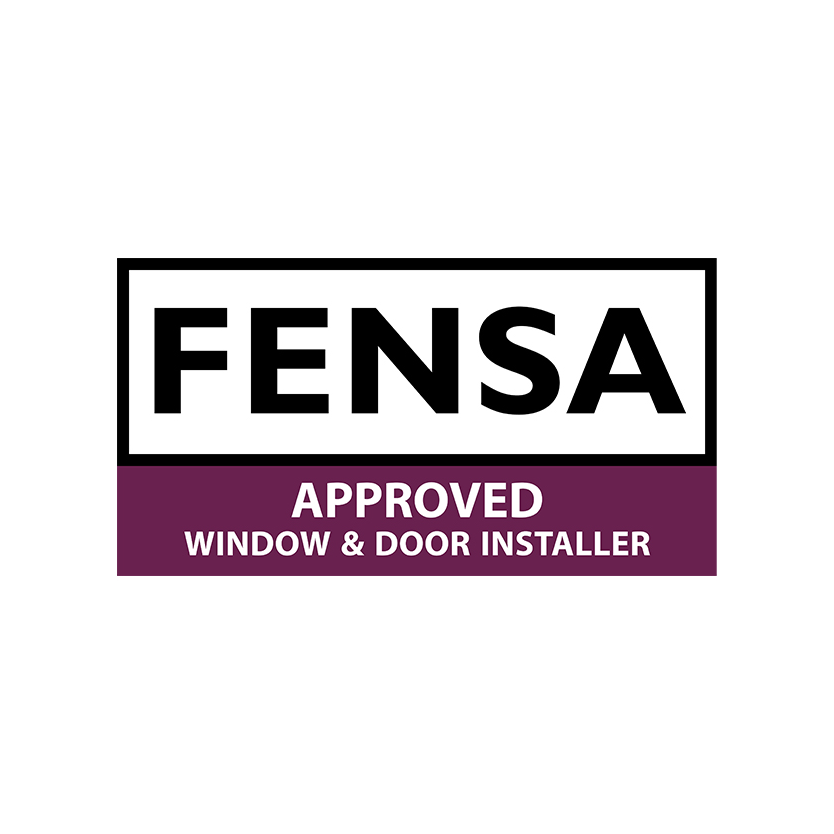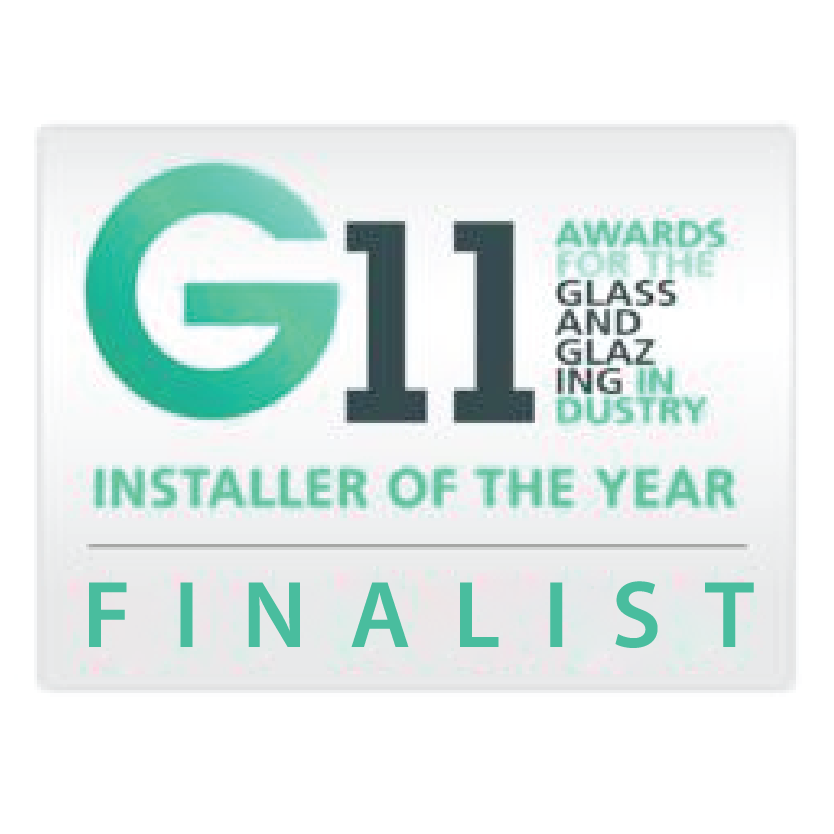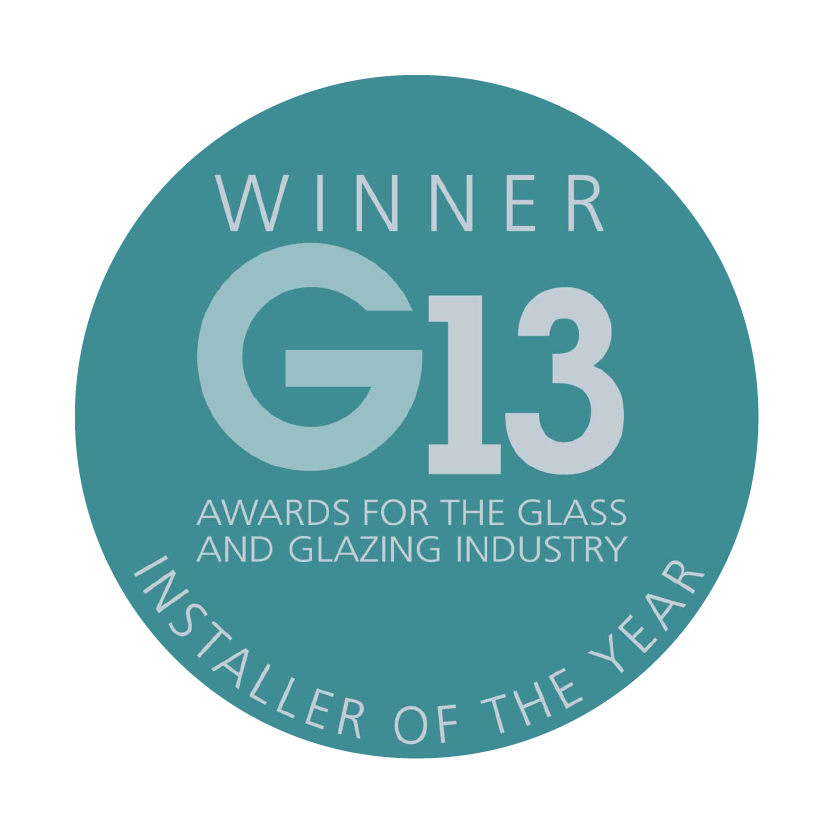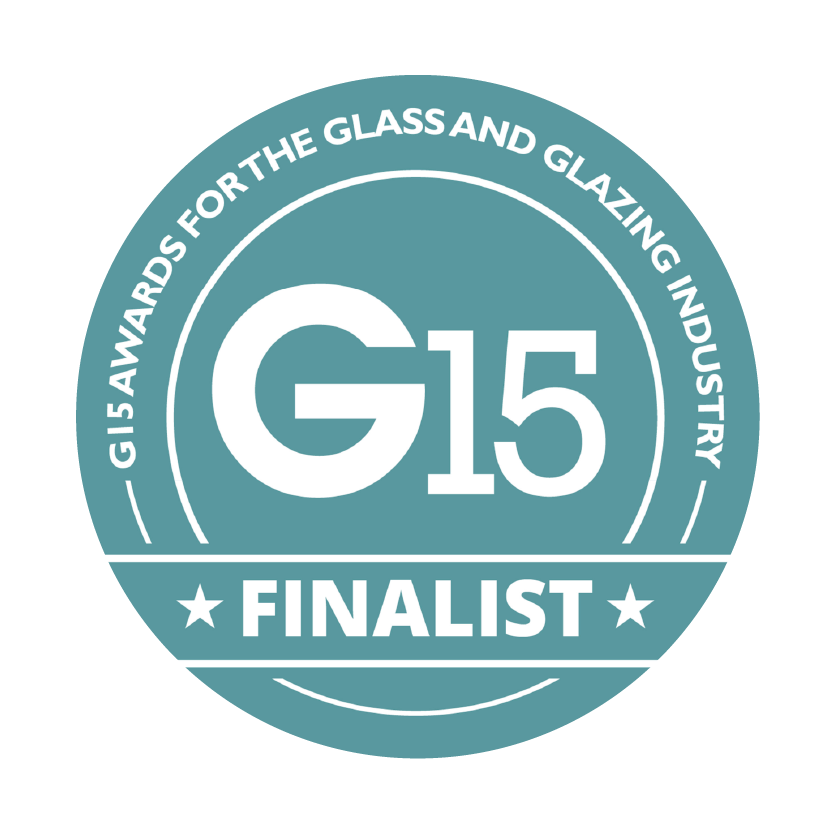
Timber - PVC - Aluminium - Windows, Doors & Conservatories in Dorset
Graf PVCu Welded Windows and Doors: The Ultimate Guide to uPVC Joint Types
Graf PVCu Welded Windows and Doors: The Ultimate Guide to uPVC Joint Types
Graf-Welds or Zip Welds. A PVCu window is just a PVC-U window right? Well actually, no. Innovation in uPVC windows technology have transformed what was once a fairly standard product into a completely new proposition.
That’s delivering improved choice and better windows but it’s worth doing your homework before making your decision to buy. This includes understanding the myriad of different ways PVC-U window frames are made because these can have a significant impact on appearance and to a lesser extent, performance.
Table of contents
The KJM Group guide below gives you the run down!
1. Standard 45° mitre welds

In at number one (based on how many are supplied) we have the standard 45° mitre weld. This is the starting point for the vast majority of PVC-U windows made in the UK today.
The principles of manufacture are the same as they are for 45° mitre-jointed timber window or for that matter piece of furniture. The ends making up each square or rectangle are cut at 45° so that they come together to deliver a 90° external angle, locking each part of the frame together.
The difference is in PVC-U 45° mitre joints, in most cases they’re welded rather than being held together with pins, screws and glue as in timber and aluminium windows.
The advantage of welding in PVC-U over and above traditional methods of window manufacture is that the window frame becomes a single, homogenous product. Literally melted and pressed together, these welds are exceptionally strong and can be manufactured cost effectively.
It’s why standard white PVC-U windows can be sold at accessible prices and why they have been so popular for such a long time. These can also be foiled, allowing you to choose a perfect woodgrain or colour match to your home in a low maintenance and energy efficient window.
The downside of standard 45° mitre-jointed windows:
The downside, as far as one exists, is that where the window is welded and pushed together it creates a molten plastic mess, which in the trade is called ‘sprue’. This is cleaned off by automatic corner cleaners, normally with a ‘shallow groove’. In extreme circumstances these joints can be knifed away and sanded by hand, so that you can barely see it. However in almost all cases they are shallow grooved and you can still see it. The situation gets worse when welding foiled products (colours and wood-grains) as the joints cannot be grooved or sanded. The resulting weld is knifed off and coloured with paint to hide the joint.
Availability:
We supply a wide range of standard 45° mitre-welded PVC-U windows including products manufactured in Profile 22’s Optima, a cutting edge UK designed and manufactured PVC-U system and ultra-energy efficient German-engineered energy efficient windows from Veka.
2. Seamless 45° mitre welds – the Graf weld.

Standard 45° mitre welds are solid, deliver on performance and give you everything you need in a window. If you’re particularly detailed focussed, you may want to consider the Graf Seamless weld.
This works on the same principles as a standard 45° weld but employs cutting-edge machinery to approach it in a completely different way.
As we have discussed standard welded windows are made by heating and then pushing four lengths of window profile together. This as we have identified creates sprue, the ‘splodge’ of molten plastic created in the process of joining the profiles, which then has to be cleaned.
Window machinery leader Graf has got around this problem by reversing the process so that all of the sprue is pushed back inside the window frame, rather than collecting on the outside.
This process, called ‘zip-welding’ delivers two key benefits. In pushing the sprue back inside the window it means more of the internal surfaces are joined, creating an exceptionally strong weld.
The other, and this is why people tend to want to buy Graf-welded windows is it delivers an almost invisible joint. To help get your head around the difference imagine that a standard 45° weld after cleaning will leave a line roughly equivalent to a felt-tipped pen – possibly up to the width of a highlighter pen if not made well.
The joint delivered by the Graf, is more or less as it says on the tin, ‘seamless’, giving a much more surgical, high precision joint and finish as well as a stronger one.
The downside of seamless 45° mitre-jointed windows:
The case against the Graf/seamless 45° mitre-jointed window is difficult to make. It’s simply fantastic, particularly on foiled colour and woodgrain products. If there’s a downside it may be cost. If you want to think of a standard 45° mitre-jointed window as a solid Ford-type product, with the Graf seamless mitre joint you’re into BMW or Mercedes territory and that, as in car purchases, comes with additional cost attached.
Availability:
We supply the Infinity 45° seamless welded window, which is manufactured using the high quality Deceuninck PVC-U window system. We can also supply the heritage R9 and R7 systems in high strength seamless welds
3. Seamless bay cill welds

If you can’t quite stretch to Graf seamless cill welds all round, you can mix and match product. This can be a smart move if you want to get the most out of your budget by concentrating ultra-premium finishes in those areas which are most visible, for example at the front of your property and particularly bay windows.
Traditionally these are jointed (at a variety of different angles depending on your individual property) using the same process as a standard PVC-U mitre weld, which means you get that same joint. Cleaned, sanded and polished as part of the manufacturing process, these joint lines, will be minimal but can detract from premium foiled finishes.
Graf has again developed a solution, distilling down its seamless welding technologies into a seamless sill welder, which provides the same exquisite and ultra-high precision jointing to bay cills.
The downside of seamless 45° mitre-jointed windows:
This is again a difficult one to argue and in the case of bay cills, the uplift on cost is far lower, which makes choosing a seamless bay sill a very smart option for homeowners who want a high precision but affordable finish at the front of their property.
Availability:
We can supply seamless welded bay cills in Deceuninck’s energy efficient u-PVC window system and Profile 22 Optima.
4. Mechanical joints

Mechanical joints differ to standard window manufacture in that they’re manufactured for the most part by hand. This is still a comparatively new departure for the PVC-U window industry, which has relied on high volume 45° mitre welds.
Instead it borrows processes more commonly associated with manufacture of aluminium windows and doors, joining the frame using screws and glue.
The increased use of this method has been driven by growing demand from the heritage window market for traditional 90° butt-jointed windows, and particularly alongside growth in the R9 window, which has been designed to replicate a traditional 19th Century timber window with a flush finish between the frame and opening sash.
This can be a very good choice for owners of period properties with sympathetic detailing designed to match original timber windows in an energy efficient and low maintenance PVC-U window.
This method is also used in the Beaumont Composite Window from Dempsey Dyer, which again replicates the traditional 90° butt-joint of a 19th Century window in a low maintenance product. (When the article was updated in 2025 sadly Dempsey Dyer had gone into administration)
The downside of mechanically-jointed windows:
Mechanically jointed windows aren’t quite as strong as welded ones, so sometimes and depending on the specification of the window, the glazed-units need to be glass-bonded into place to provide additional structural integrity. This tends to apply to larger spans and can add weight, making onsite handling a little more difficult, which means we need more people to fit them safely and that can lead to a little more cost. The systems used are also at the higher end of the market so will cost a little more to begin with.
Why Choose a Graf-Welded Window?
For homeowners, the Graf weld is a crucial feature for achieving the best aesthetic:
- Premium Appearance: It delivers a clean, seamless finish that beautifully replicates the look of traditional painted or stained timber.
- Superior for Colour: It is essential for foiled and coloured uPVC products where the highly visible, penned-in lines of conventional welds would detract from the premium look.
Availability:
Mechanically jointed or 90° butt-jointed windows are available in Residence 9 and the Dempsey Dyer Beaumont Window.
If you’re looking for help in planning your next home improvement, or simply want to talk about any of the points raised in this discussion, please don’t hesitate to contact me or a member of the team for more by calling 01264 359355 or emailing [email protected]
Graf Weld FAQs
Graf weld (often called a seamless weld or zip-weld) is a premium manufacturing process for uPVC windows and doors that creates an almost invisible, high-precision corner joint. It is widely considered the superior visual alternative to the conventional uPVC weld.
The fundamental difference between a welded and a mechanical window joint lies in how the corner is sealed and the resulting aesthetic appearance. A welded joint is a heat melted joint a mechanical one is physically joined
Whilst Graf joint is still strong and will stand up to the test of time, it is generally accepted that a conventional joint is stronger
Recommended
- KJM Group MD Attends House of Commons Event to Champion UK Glass Industry - 14 November 2025
- Industry News Alert: Pilkington Discontinues Classic Flemish Glass - 14 November 2025
- KJM tops Which? Google and Checkatrade with near‑perfect scores - 31 October 2025













